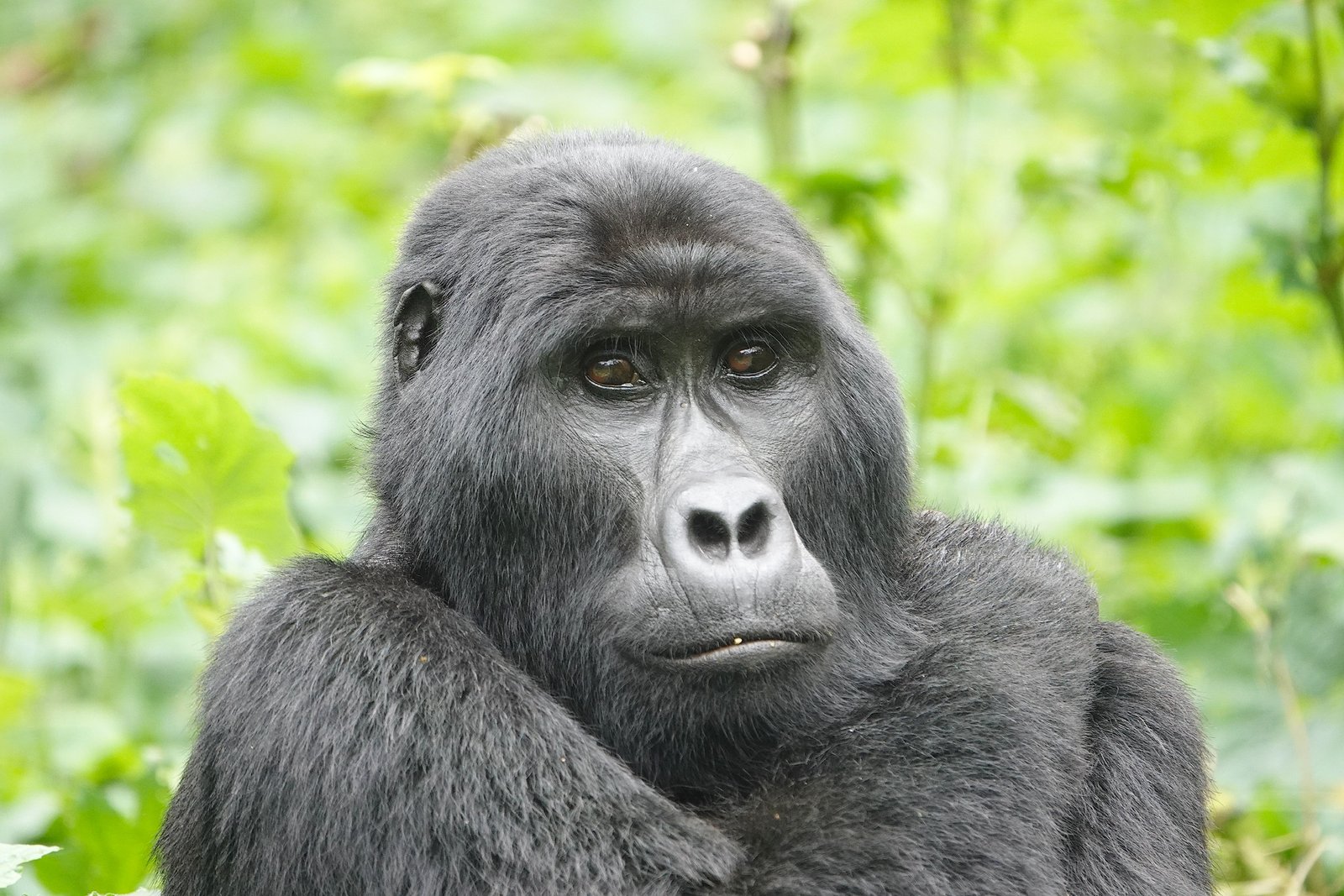BELIEF FACTS ABOUT GORILLAS

BELIEF FACTS ABOUT GORILLAS
Gorillas are the largest of the great apes. Although they’re over 10 times stronger than humans, they share 98.3% of their DNA with us—making the gorilla our closest cousin after chimpanzees and bonobos.
There are only two types of gorillas in the world, eastern and western, and they’re actually next-door neighbor’s, separated by just 560 miles of forest. These two types are divided into two subspecies: eastern lowland gorillas, eastern mountain gorillas, western lowland gorillas, and western Cross River gorillas.
Gorillas are social animals and live in family groups called troops. The average troop size is around five to 10 gorillas but some can contain more than 50 individuals. The groups are polygamous, with one adult male gorilla, known as a silverback, leading the troop and mating with the female members. The young remain with the troop until they mature, at which point all of the males and around 60% of the females move to new troops to prevent inbreeding.
Gorillas reproduce similarly to humans: the female is fertile for a couple of days every month, gestates for around eight to nine months, gives birth to (usually) one infant at a time, and nurtures them for multiple years before becoming pregnant again. Generally, females reproduce just once every four to six years, which makes it very difficult for gorillas to recover from a population decrease.
Another similarity between gorillas and humans is emotional experience. Like us, gorillas express a range of emotions, from laughing during play to grieving for the dead. Communication between gorillas involves a range of vocalizations, including grunts, barks, whimpers, whines, and chuckles, as well as hoots, roars, and screams.
They’re also highly intelligent creatures and have been witnessed using a range of tools, from sticks to measure the depths of rivers, to twigs for scooping up food. They also make ladders from bamboo to help their young climb trees.
Due to their foraging habits, gorillas play a vital role in the health of forests. By consuming plants and fruits and then moving on to new locations, they help spread seeds with their faeces and allow vegetation to thrive. Their extreme strength is also useful for pulling apart vegetation, like banana trees, to access food. This behavior also helps other species find food and shelter and lets in sunlight to help keep forests healthy.
GORRILAS SCIENTIFIC NAME
The scientific name for the eastern gorilla is Gorilla beringei, and the western gorilla’s is Gorilla gorilla.
The name “gorilla” comes from an account by Carthaginian navigator Hanno of his expedition down the western coast of Africa nearly 2,500 years ago. According to the account, he encountered the primates during his travels, and his interpreters translated the local name into Ancient Greek as gorilla.
In English, a rough translation might be “hairy person.” It’s uncertain whether this account is true or not, but it was known to American naturalist Thomas S. Savage when he scientifically described the species for the first time in the 1840s, leading him to choose the name “gorilla.”
Are gorillas endangered?
Unfortunately, both the eastern and western gorillas are classified as critically endangered by the IUCN. For eastern gorillas, the number of mature individuals has decreased to just 2,600.
Both species face similar threats, including human interference through agriculture, mining, transportation corridors, and poaching. Invasive diseases and loss of habitat are also significant factors in their population decrease.
WHERE THEY STAY
The two types of gorillas live on opposite sides of the Republic of the Congo, separated by the Congo basin forest. The eastern gorillas are found in Rwanda, Uganda, and the Republic of the Congo. Western gorillas live in Angola, Cameroon, Central African Republic, the Democratic Republic of the Congo, Equatorial Guinea, Gabon, and Nigeria.
Both species live in forests and build nests to sleep in each night, mostly on the ground but sometimes in trees. The mountain subspecies both live at greater elevations, generally above 1,400 metres, in mixed forests, bamboo forests, and subalpine grasslands. Gorillas are not territorial, and different family groups often live in overlapping areas.
All Categories
Recent Posts
Birding Sports in Uganda.
Kidepo Valley National Park
Chimpanzee Habituation in Uganda
Tags
Quick booking process
+256 393254072


